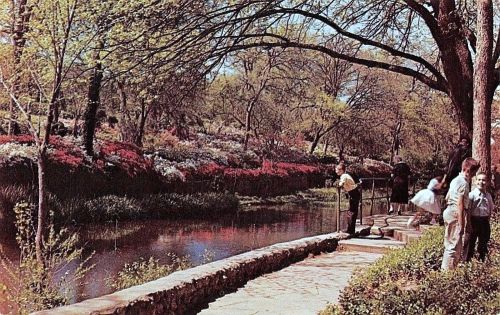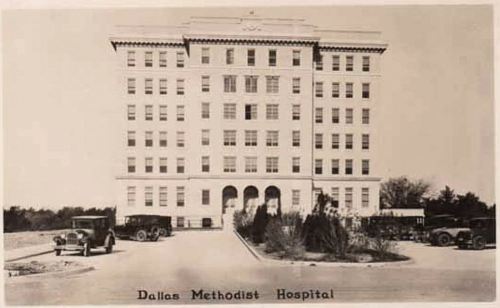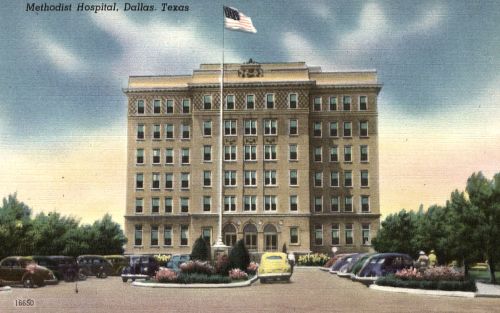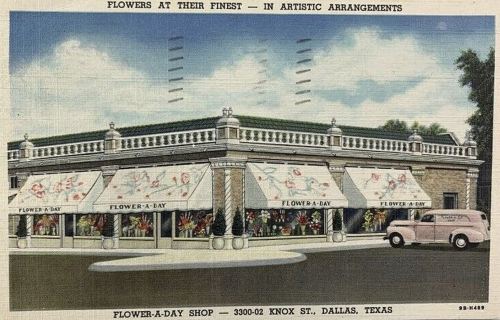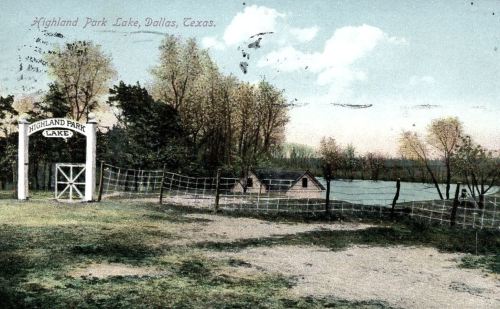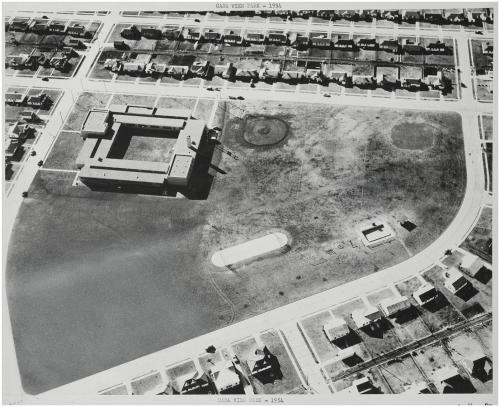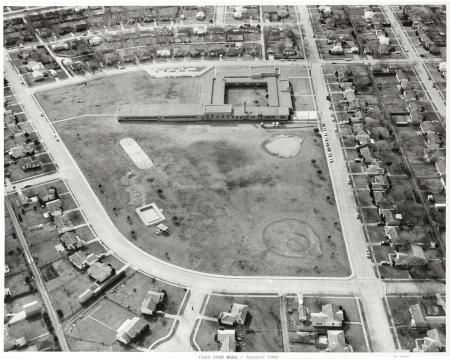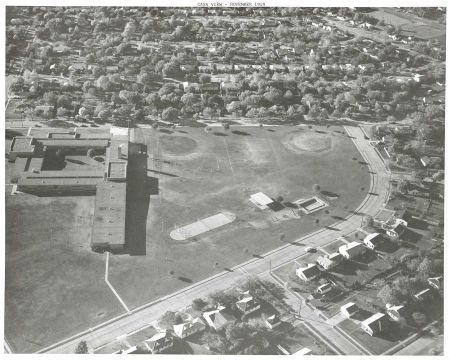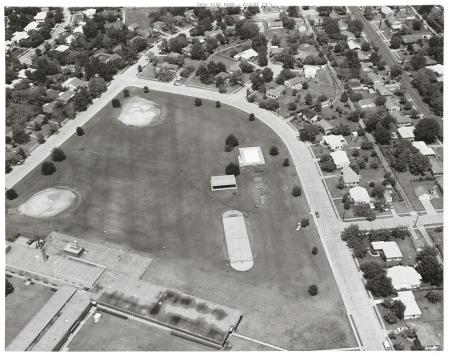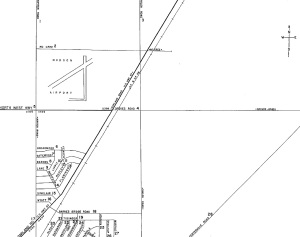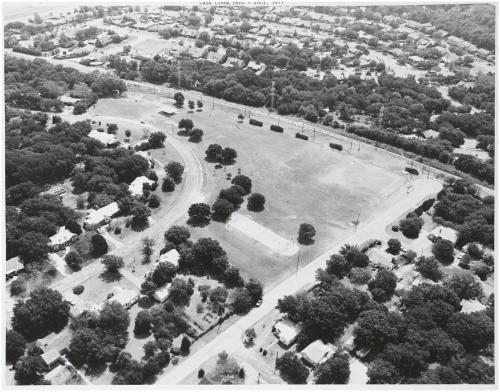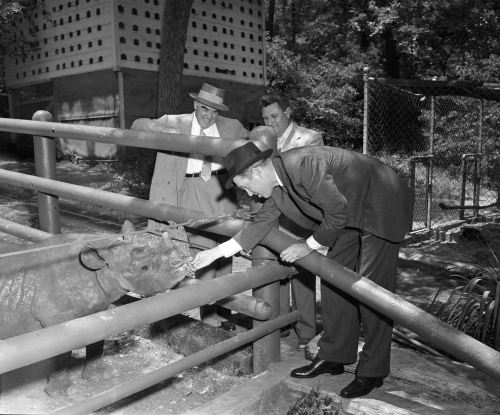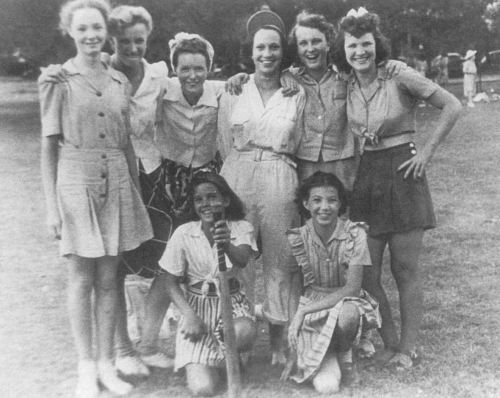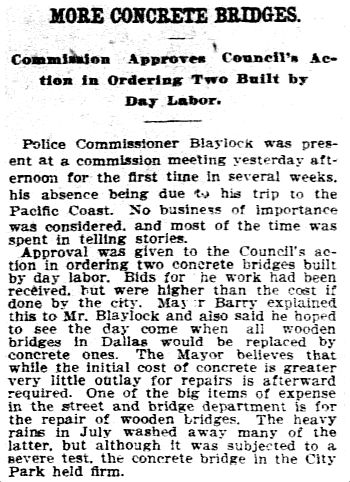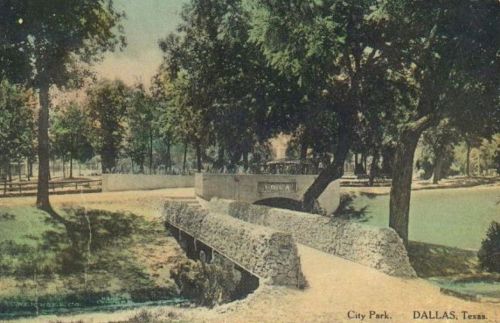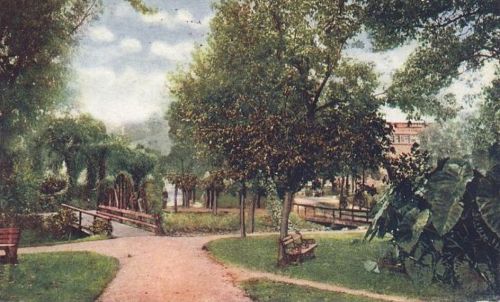 Grand Fourth of July Celebration! (1882)
Grand Fourth of July Celebration! (1882)
by Paula Bosse
A popular gathering place in Dallas for picnics and celebrations in the last couple of decades of the nineteenth century was Shady View Park, a sort of “private park” in which beer could be sold. It was out in the hinterlands — at the end of the San Jacinto streetcar line, at San Jacinto St. and N. Washington Ave. in Old East Dallas.
4th of July celebrations were often held there. Below is a breathless and comma-laden recounting of the 1884 event which throbbed with patriotism ‘neath the umbrageous branches.
At the Park.
Every car that rolled out to the park was crowded with people and hacks, and vehicles of every description drove a lively business in carrying out passengers. A band discoursed patriotic music and added life and pleasure to the assemblage of two thousand people that thronged the beautiful grounds and lounged ‘neath the umbrageous branches of the trees where only a few years since the so-called noble child of the forest roamed, so to speak. It was a great gathering and a great day in the history of our country and if there was a bosom on the grounds that did not throb with patriotism it was not manifest, for had there been and had it been known such a recreant would have been jack-ketched upon the spot.
At 3 p.m. Dr. Schuhl, in a clear, distinct voice, read that remarkable document, the Declaration of Independence, and when he concluded the crowd made the welkin ring with the shouts of liberty. Several Russian exiles who were on the grounds and to whom friends had interpreted the meaning of the meeting, rushed up to an American flag near by, and raising their hands heavenwards as though they would bless the colors, kissed them reverentially. The English, our kinsmen, were there, and were by no means lacking in patriotism. They blessed this country, shook hands all around, but never forgot the Queen, and never once did the true American. England of 1776 is not England of 1884. “By golly!” said old Swamp Fox, an eccentric character, “if old Gen. George Washington and them boys what signed artikle of agreement could be here and see this I would be willing to die this minute and go to the bad.” When the enthusiasm was at fever heat Dr. Arch Cochran was called for and responded in a stirring speech. He was followed by Mr. J. M. Hurt, jr., the orator of the day, a son of Judge Hurt of the Court of Appeals, who delivered an address, which was well received, as evidenced by the rounds of applause that followed it.
The Dance.
The grand pavilion was then cleared and the merry dancers glided over the waxed floor, keeping time with nimble feet to the sweet strains of music. It was resumed after supper and continued until far into the night. The park was illuminated with lanterns and presented a beautiful scene. Everything passed off pleasantly, and all left, carrying with them sweet memories of the festivities of the glorious Fourth of 1884 at Shady View park.
The day was celebrated at Mayer’s garden and Meisterhans’ pavilion, and by private parties who went on excursions to the country to picnic. In the city there were pyrotechnic displays. (Dallas Daily Herald, July 5, 1884)

Dallas Herald, July 5, 1884 (click for larger image)
Shady View Park/San Jacinto Park was around from at least 1881, possibly from the 1870s. Its main reason for existing seems to have been to attract people to the area to build homes (on land owned by Col. William J. Keller, who also, I believe, owned the streetcar). Here’s another breathless description of the park, possibly written by the same person who wrote the above article (or at least another person smitten with the word “umbrageous”).

Dallas Herald, May 31, 1881
The location of the park can be seen at the top of the circa-1898 map below.

*
Below, a photo taken at Shady View Park on May 12, 1896. A caption identifies the people as “La Reunion Colony settlers”: Mrs. Louie Maas, Annie Gramatky, Paul Hartman, and Elizabeth (Lizzie) Gramatky.

***
Sources & Notes
Articles from the Dallas Daily Herald were found at the Portal to Texas History.
The ad at the top is from The Fort Worth Daily Democrat, June 14, 1882, which was also found at the Portal to Texas History.
Bottom photo from the collection of the Dallas Public Library.

*
Copyright © 2020 Paula Bosse. All Rights Reserved.
 City Park, 1948 (Dallas Municipal Archives)
City Park, 1948 (Dallas Municipal Archives)
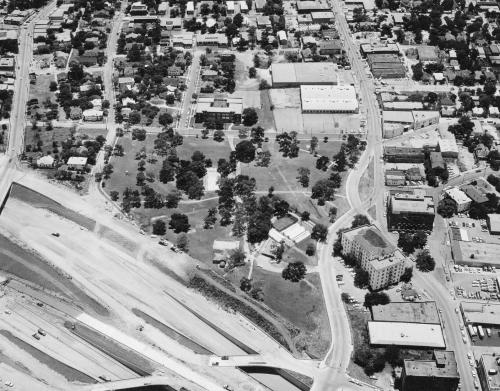 Squire Haskins, Dallas Municipal Archives, 1966
Squire Haskins, Dallas Municipal Archives, 1966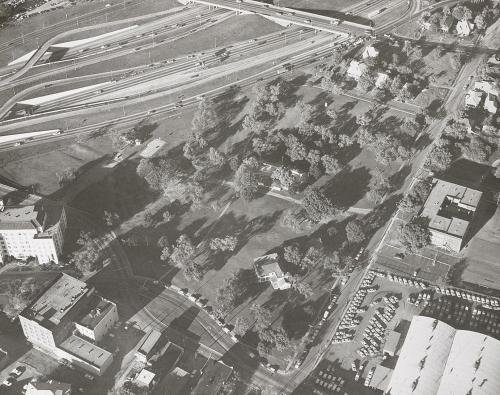 Squire Haskins, Dallas Municipal Archives, 1969
Squire Haskins, Dallas Municipal Archives, 1969 Squire Haskins, Dallas Municipal Archives, 1972
Squire Haskins, Dallas Municipal Archives, 1972 Squire Haskins, Dallas Municipal Archives, 1975
Squire Haskins, Dallas Municipal Archives, 1975 Dallas Municipal Archives, ca. 1982
Dallas Municipal Archives, ca. 1982 Reginald D. Loftin, Dallas Municipal Archives, 1997
Reginald D. Loftin, Dallas Municipal Archives, 1997











